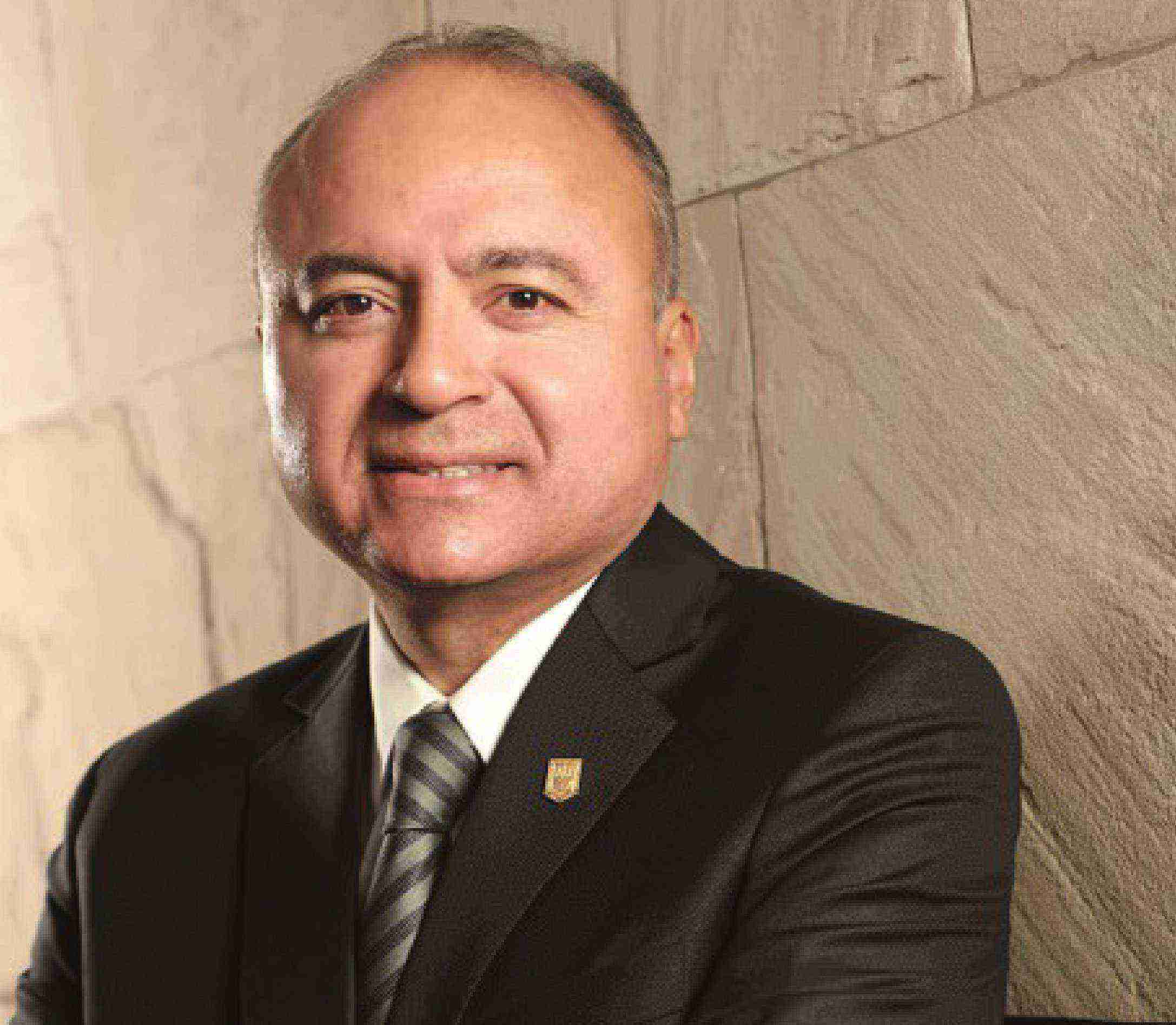Lima, JULY 14 2022Victor Gobitz: "Investor confidence in Peru is intact."

We talked to Victor Gobitz, member of PERUMIN 35’s organizing committee and CEO of Antamina, who shared with us his expectations about the PERUMIN mining convention, to be held from September 26 to 30, in Arequipa, his perception of investments in the mining sector, and his hopeful view of the current management of the Ministry of Energy and Mines (MINEM) and the Ministry of Economy and Finances (MEF).
What are your expectations for PERUMIN 35 after three years?
We are very optimistic. The recent launch of PERUMIN with the Arequipa press proves it. There is tremendous interest in the event. There has been very significant participation through very relevant questions. And, of course, after this really hard period of the pandemic, the convention is going to be a meeting point, there will be a space for reflection and, why not be optimistic about it becoming a space for consensus.
This year there have been stoppages in mining operations such as Cuajone or Las Bambas, how has this affected the perception of mining investors?
For that we must refer to the Fraser Index, which precisely measures the perception of investors worldwide. Based on this index, Peru continues to stand out in terms of geological potential; however, what is affecting our becoming a more attractive mining jurisdiction for investment is our performance in terms of public policies. The mining industry is a global industry; money that is not invested in Peru goes elsewhere and we must be aware of this. Logically, these conflicts have an impact in some way, but we must also say that today the most important global companies continue operating in the country. We are the world's second largest producer of copper, silver, and zinc; therefore, confidence in the country's potential and in the country's ecosystem remains intact. What we need is to achieve political consensus, not only at the central government level, but also at the regional and district levels.
Why don't we move from social conflict to consensus in the country?
We should try to talk about specific social conflicts and not generalize, because if we generalize it gives the impression that the conflict has stopped the entire mining industry, and that is not the case because the industry has been operating. There are exceptional cases in which we are not reaching consensus.
So, what is needed to reach consensus?
I consider that consensus does not mean rentierism. It does not mean creating an extraordinary cash bonus and giving out cash. If that led to sustainable development, that is the first thing we would have done, but we know that that is not the case, it is not the solution. The solution is to define, in consensus with the population and the authorities, the development route for that territory, the potential of the territory, the potential of that human group, and to work on that solution and use mining funds to finance that plan.
This is very different from handing out money, because if the territory needs a better hydraulic structure, better road infrastructure, internet connectivity, better public education, these are measures we can take towards closing the gaps. If I decide to hand out money, I create a temporary illusion that is not sustainable. That is what must be avoided, that is what should not happen in Las Bambas.
What is your reflection on the first year of the current government?
Well, it is a government that did not come from a solid party structure, and that explains the number of ministers and changes of authorities that have taken place. But in the specific case of the ministries that I interact with, which are the Ministry of Economy and Finance and the Ministry of Energy and Mines, I see professionalism, two experienced professionals, and I foresee that this will be a trend in the whole cabinet in the future.
Does the work of the Minister of Energy and Mines, Alessandra Herrera, inspire hope?
Yes, she is a person with whom I have had the opportunity to talk on more than one occasion. She is a person who knows the sector, who understands the connection between the promotion of the mining industry and the development of the country. And I feel the same when I talk to the Minister of Economy and Finance, Oscar Graham. So, again, they are two good examples of what we all hope will be a more solid cabinet able to devise a plan involving the private sector in order to accelerate the country's development plan.
Finally, what is the next challenge for Antamina mining company?
We have formally submitted to the environmental authority a modification of the Environmental Impact Assessment (EIA) that entails an investment of around US$ 1.6 billion to extend the life of the mine until 2036. This is a recognition of the country's potential and a clear commitment to its development.







